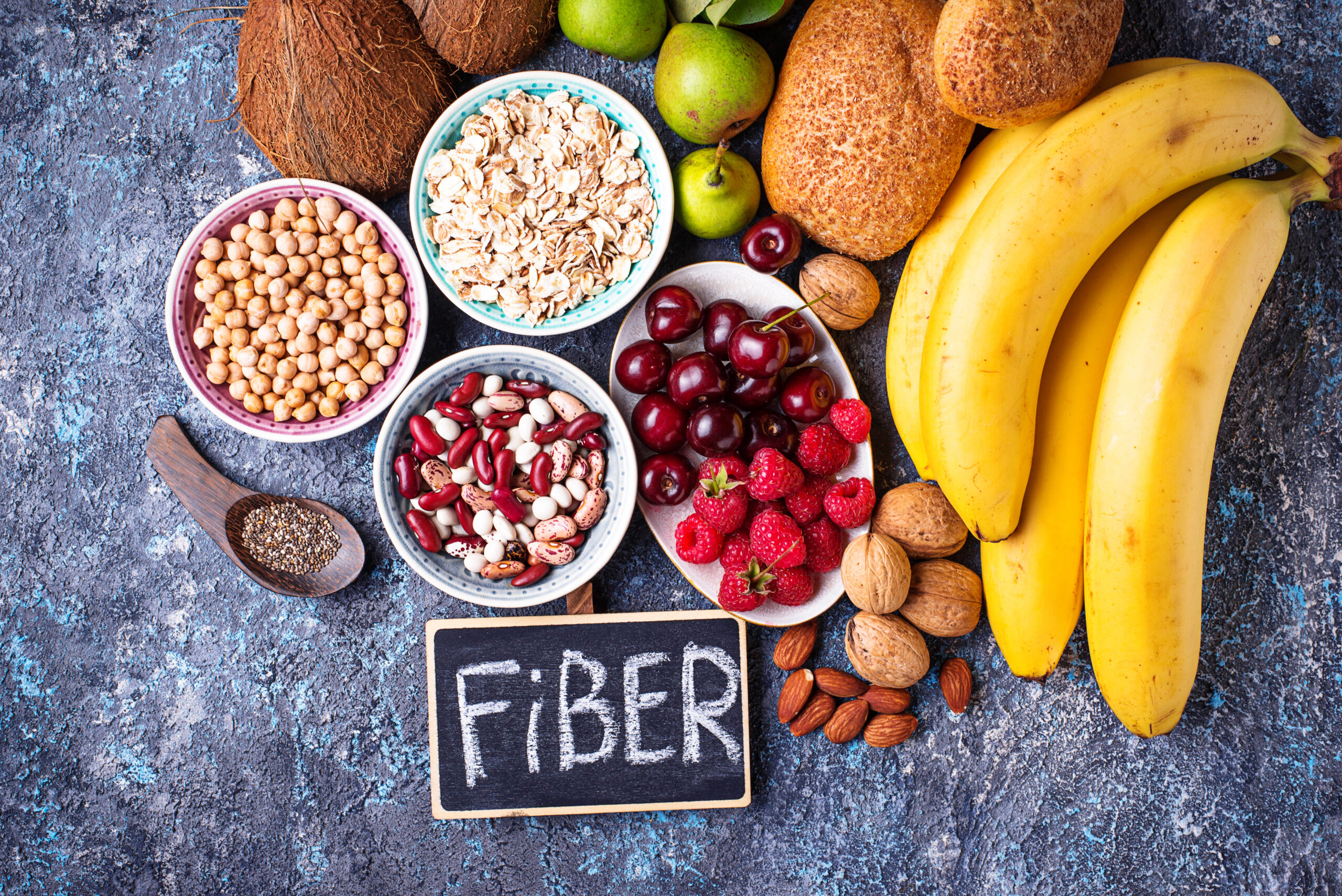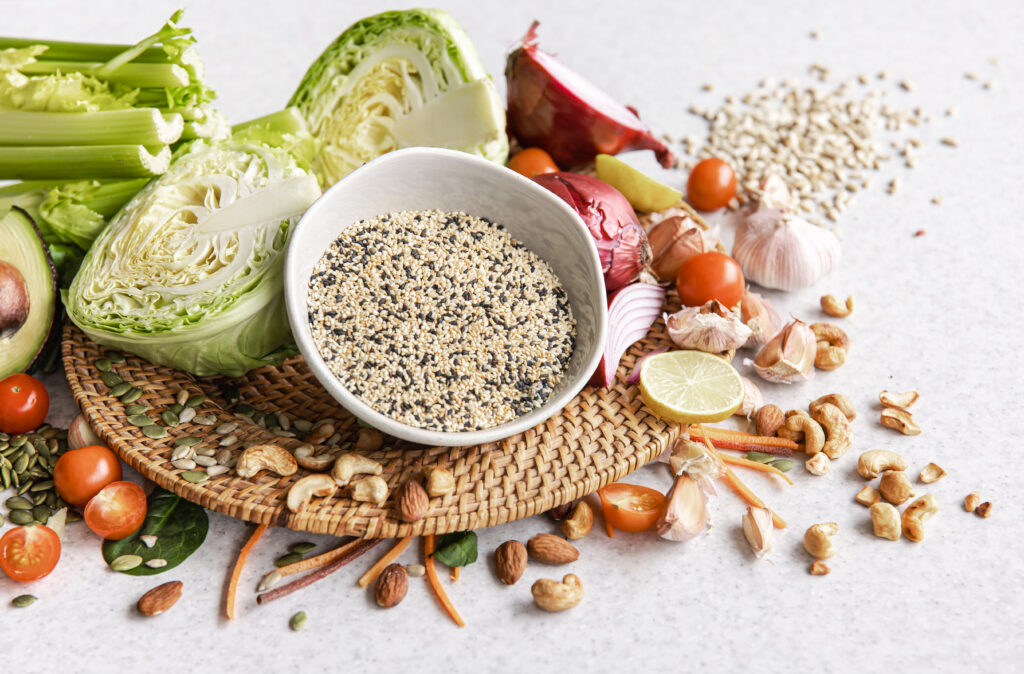- SHOPPING
15 Very Best Bucket Hats for Women


Incorporating the right amount of dietary fiber into your daily meals is essential for maintaining a healthy digestive system and overall well-being. With a variety of sources available, understanding the benefits and types of dietary fiber can help you make informed choices about your nutrition. Discovering the best fiber-rich foods and learning how to integrate them into your diet can lead to improved health outcomes and a more satisfying eating experience.

For those new to increasing their fiber intake, starting with familiar foods can make the transition smoother. Whole grains, vegetables, fruits, nuts, and seeds are excellent examples of high fiber foods that are both accessible and versatile.
Whole grains such as oats, brown rice, and whole wheat pasta are not only rich in fiber but also provide essential nutrients like B vitamins and iron. Vegetables like broccoli, carrots, and Brussels sprouts are fiber powerhouses that can be easily incorporated into meals. Fruits such as apples, bananas, and berries offer a sweet and satisfying way to boost fiber intake.
Dietary fiber is crucial for maintaining a healthy digestive system, but its benefits extend far beyond digestion. Fiber helps regulate blood sugar levels, reduces cholesterol, and supports weight management. Understanding the differences between soluble and insoluble fiber can help you tailor your diet to your specific health needs.
Soluble fiber dissolves in water to form a gel-like substance, which can help lower blood cholesterol and glucose levels. Foods high in soluble fiber include oats, beans, lentils, and certain fruits like apples and citrus fruits. Insoluble fiber, on the other hand, aids in moving food through the digestive system, promoting regularity and preventing constipation. Whole grains, nuts, and vegetables are excellent sources of insoluble fiber.

For those already accustomed to a high-fiber diet, exploring advanced sources can further enhance nutritional intake. Incorporating legumes, chia seeds, and quinoa into your meals can provide a substantial fiber boost.
Legumes such as chickpeas, lentils, and black beans are not only high in fiber but also rich in protein, making them a perfect addition to vegetarian and vegan diets. Chia seeds and flaxseeds are tiny yet mighty sources of fiber that can be added to smoothies, yogurts, or baked goods. Quinoa, a versatile grain, is not only high in fiber but also contains all nine essential amino acids, making it a complete protein source.
Increasing your fiber intake doesn’t have to be complicated. Simple meal ideas to increase fiber intake include adding vegetables to your omelets, using whole grain bread for sandwiches, and incorporating beans into soups and stews. Swapping white rice for brown rice or quinoa and choosing whole grain pasta over refined options can significantly increase your fiber consumption.
For breakfast, consider oatmeal topped with fruits and nuts, or a smoothie blended with spinach and flaxseeds. Lunch can include a hearty salad with mixed greens, chickpeas, and a variety of colorful vegetables. Dinner options may feature stir-fried vegetables with tofu or a bean chili served over brown rice.
Finding creative ways to boost your fiber intake can make eating more enjoyable and diverse. Experiment with different cuisines and recipes that naturally incorporate fiber-rich ingredients.
Try making homemade vegetable soups loaded with beans and lentils or bake your own whole grain bread enriched with seeds and nuts. Use vegetables like zucchini or cauliflower as a base for pizza crusts or pasta substitutes. Incorporating a variety of textures and flavors can make high-fiber meals more appealing and satisfying.
Snacking smartly is another effective way to increase your fiber intake. Keep snack options rich in fiber on hand for a convenient and nutritious boost throughout the day.
Opt for raw vegetables with hummus, a handful of almonds or walnuts, or popcorn sprinkled with nutritional yeast. Portable fruits like apples, pears, and oranges are easy to grab when you’re on the move. Consider making energy bars or bites using oats, nuts, and dried fruits for a homemade, fiber-packed snack.
Understanding the fiber content in common foods can assist in making informed dietary choices. Many packaged foods now include fiber content on their nutrition labels, making it easier to compare products.
When grocery shopping, look for whole grain options and check labels for the fiber content per serving. Aim for foods with at least 3 grams of fiber per serving to ensure you’re getting enough throughout the day. Remember that fresh, whole foods naturally contain more fiber than processed alternatives.
By being mindful of these strategies and integrating a variety of fiber-rich foods into your diet, you can enjoy the numerous health benefits of dietary fiber and enhance your overall well-being.